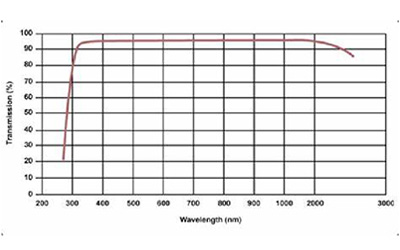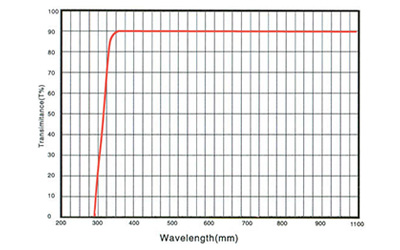VIS windows are typically used as protective films for electronic sensors or detectors exposed to external environments. They are fundamental optical components used to separate environments on either side, such as isolating the interior of an instrument from the exterior, thereby protecting internal components from external influences. Visible light windows do not alter the system’s magnification but primarily affect the optical path, ensuring accurate light transmission and imaging quality.
Visible light windows have a wide range of applications across various fields. In the medical and healthcare sector, visible light windows are extensively used in endoscopic systems and optical treatment devices to protect lenses from contamination by bodily fluids, blood, etc., ensuring effective light transmission. In environmental monitoring, visible light windows are used in chemical production processes to help observe reactions, ensuring the stability and safety of the production process. In the field of scientific research, high-precision visible light windows are used in experiments such as spectral analysis to ensure that light does not undergo distortion or attenuation during transmission, thereby improving the accuracy of experimental results.
When selecting visible light windows, multiple parameters need to be considered. Important parameters include transmittance, surface accuracy, thickness, parallelism, and substrate material. Choosing windows with suitable parameters for specific applications can ensure their performance and durability in particular environments.



Specifications | Commercial spec. | High precision spec. |
Material | VIS glasses: BK 7, Float glass, Soda-lime glass, B-270, | |
Dimension | 5mm~100mm | |
Dimension tolerance | ±0.1mm | ±0.05mm |
Surface quality | 60/40 | 20/10 |
Surface flatness | 1/4λ | 1/10λ |
Clear aperture | >85% of dim | >90% of dim |
Angel tolerance | 3 arc min | 5 arc sec. |
Parallelism | <1 arc min | <30 arc sec. |
Bevel | <0.2mm x 45deg | <0.1mm x 45deg |
Coating | Up on clients’ request | |
